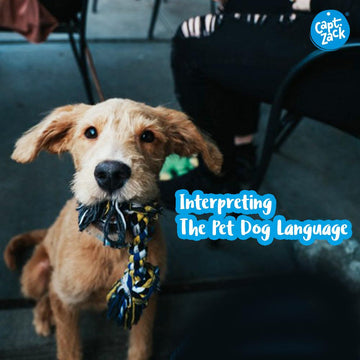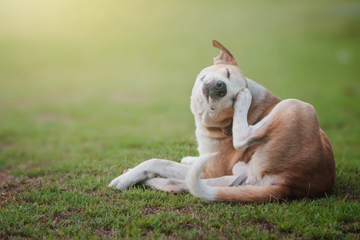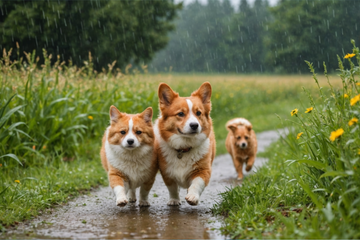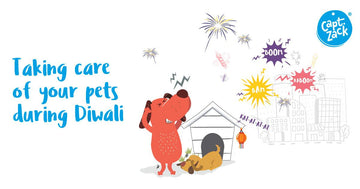A four-legged lovable family member does communicate with its pet parents at all times. Not a day goes by when you’re dog doesn’t run towards you all excited and happy, yelps for help, or beckons you to play with it.
“Pet dogs and cats communicate with their owners. It’s for the same reasons that we communicate! To get their needs fulfilled, to draw the owner’s attention to something or to simply express how they are feeling,” says Dr. Nameeta Nadkarni, Endoscopic Surgeon at Happy Tails Veterinary Specialty.
But there are times when your pet seems alert, feels anxious, threatened, or even angry, and such an event can worry a pet parent no end.
If you must be wondering or don’t know how to understand what is your dog’s mood for the day, observe the different parts of its body and you might find the answer.
1. Posture

Three distinct behavior patterns can be seen through a dog’s posture: happiness, aggression, and fear. A happy or playful dog will display rapid movements, with regular pauses. Dogs show aggression by growling or biting. You will notice that the tail is raised; the body is bending forwards, with all four legs stiff. Lowering body or head and tail, rolling sideways, urinating, or defecating when imminent danger is close are signs that your dog is afraid.
2. Ears

If your pooch’s ears are forward, that indicates something has caught its attention. An apprehensive dog or one who is aggressive at that moment will have flat ears.
3. Eyes

A happy, playful dog will have its eyes wide open and eagerly looking at its parent or owner. In the aggression mode, the dog’s eyes will seem narrow or will hold contact with the object (living or non-living) for some time. A fearful dog will have its eyes partly closed, and the pupils dilated.
4. Mouth

When your dog is panting continuously, it either means that your pet bud is tensed, nervous, or undergoing an increased stress moment. A dog in a relaxed posture will have its mouth wide open. An alert dog will close its mouth which tells its owner that the dog is paying close attention to sudden movement, sound, or an object.
5. Tail

An excited or happy dog will wag its tail sideways in a quick motion. An anxious dog may display short, restricted tail movements. If your dog’s tail is raised high, goes to show that it is on guard. Tail in between the legs is a sign that your dog is scared.
Apart from these common signals, your dog may raise a paw to let you know that it needs you to attend to it. There will be times when it might come running to you and bare its belly indicating that it needs some pampering from you. Your dog may even freeze if you happen to approach it inadvertently or otherwise. This simply means that it needs ‘me time’. See, it is not that difficult.
So, what is your dog’s mood today?
The articles mentioned here are created from the experience – professional or personal of the contributors themselves. Please do not try anything without consulting your vet first. The views or opinions expressed on this platform belong solely to the contributors.





